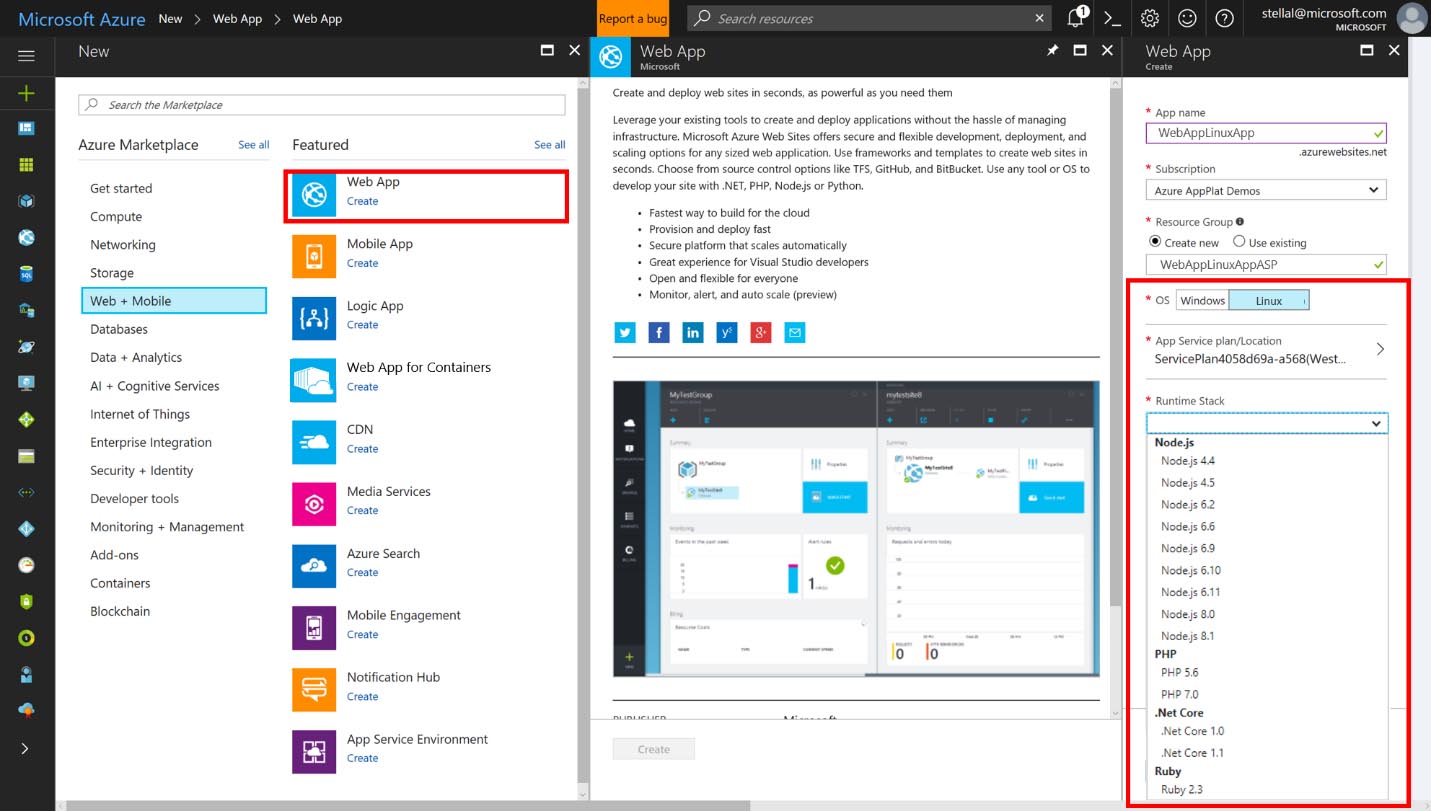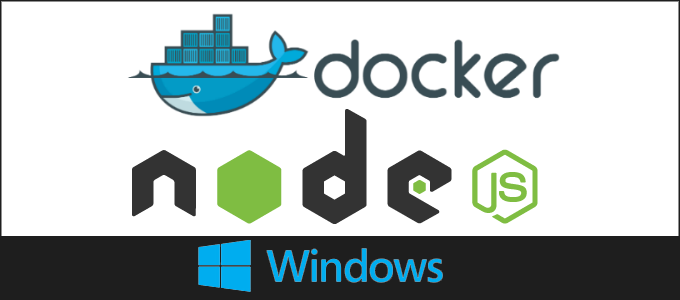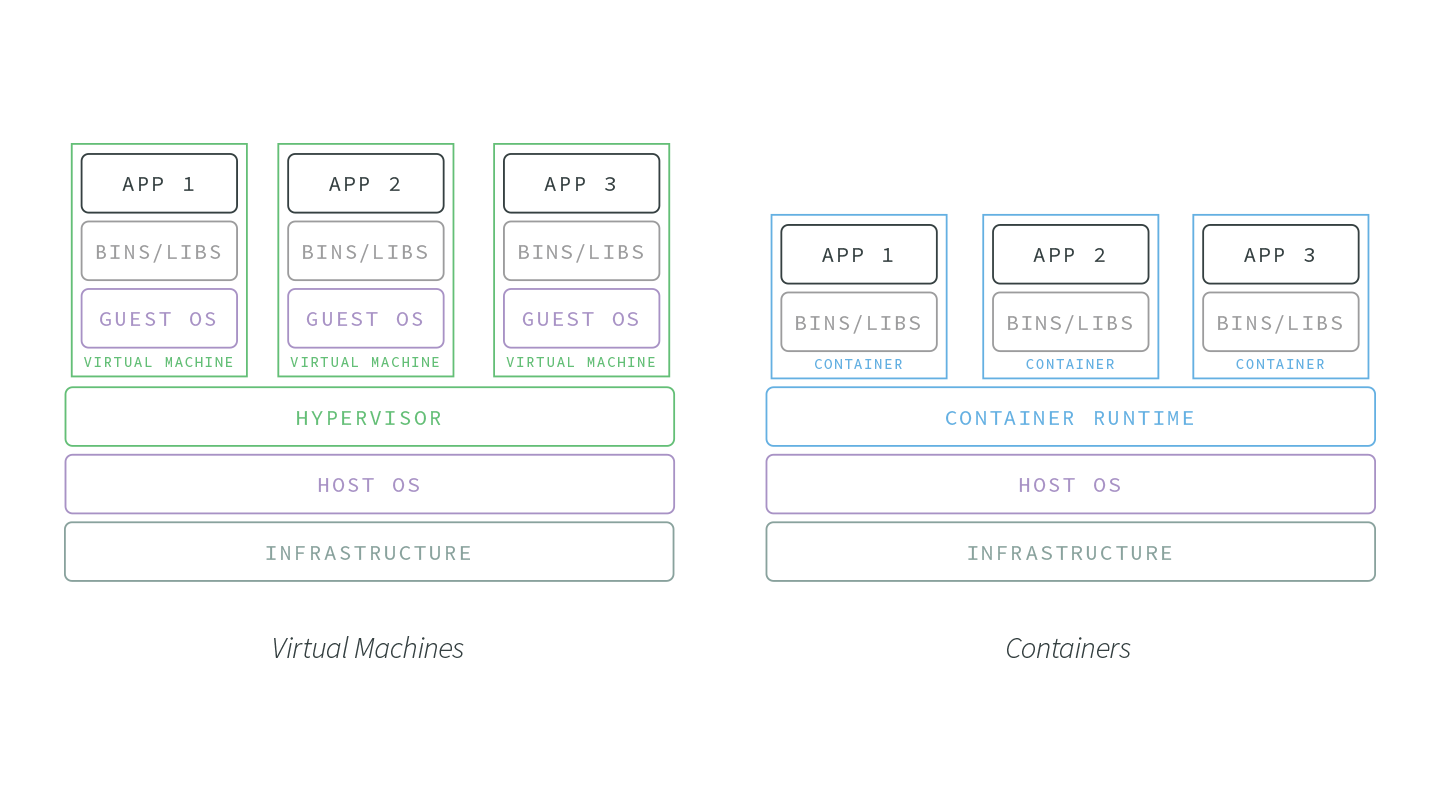

- #NODE JS WINDOWS DOCKER IMAGE INSTALL#
- #NODE JS WINDOWS DOCKER IMAGE UPGRADE#
- #NODE JS WINDOWS DOCKER IMAGE WINDOWS 10#
Use any custom Windows-based Docker image with Node.JS already installed (the option proposed by Kush Grover)Ĭreate your own Windows-based Docker image and install Node.JS inside. In this case you have to move to Windows-based container and there are two more options.


#NODE JS WINDOWS DOCKER IMAGE WINDOWS 10#
There might be several reasons for this (for example, in my case I tried to deploy my Angular app in Linux-based Docker container to local Azure Service Fabric cluster on Windows 10 but it supports Windows-based images only). Let's just assume that moving to Linux-based container isn't an option for you. Switch to Linux-based Docker container which also can be run in Windows.įirst line of docker file might look like this one: So, let's assume you want to run Windows-based Docker container on Windows and use Node.JS inside. You’ll see this in the last line of the build output.I know the original question is pretty old but since I had similar issue last days and couldn't find good solution in single place I decided to share my experience in solving this. If you do not pass a tag, Docker will use “latest” as its default tag. We’ll leave off the optional “tag” for now to help simplify things. The tag is used to set the name of the image and an optional tag in the format ‘name:tag’. The build command optionally takes a -tag flag. The Docker build process can access any of the files located in the context. A build’s context is the set of files located in the specified PATH or URL. The docker build command builds Docker images from a Dockerfile and a “context”. To do this, we use the docker build command. Now that we’ve created our Dockerfile, let’s build our image. dockerignore file and add node_modules directory in it. To improve the context load time create a. dockerignore file to the context directory. To increase the build’s performance, exclude files and directories by adding a. To use a file in the build context, the Dockerfile refers to the file specified in an instruction, for example, a COPY instruction.

# syntax=docker/dockerfile:1 FROM node:12.18.1 ENV NODE_ENV=production WORKDIR /app COPY RUN npm install -production COPY. One of the simplest things you can do to improve performance is to set NODE_ENV to production. The NODE_ENV environment variable specifies the environment in which an application is running (usually, development or production). If you want to learn more about creating your own base images, see Creating base images. In the same way, when we use the FROM command, we tell Docker to include in our image all the functionality from the node:12.18.1 image. This would create a class called MyImage that inherited functionality from the base class NodeBaseImage. For example, if we were able to create Docker images in JavaScript, we might write something like the following. You can think of this in the same way you would think about class inheritance in object oriented programming. Therefore, instead of creating our own base image, we’ll use the official Node.js image that already has all the tools and packages that we need to run a Node.js application. # syntax=docker/dockerfile:1 FROM node:12.18.1ĭocker images can be inherited from other images. Your Dockerfile, and should be the first line in Dockerfiles. Must appear before any other comment, whitespace, or Dockerfile instruction in
#NODE JS WINDOWS DOCKER IMAGE UPGRADE#
To upgrade the parser before starting the build. When parsing the Dockerfile, and allows older Docker versions with BuildKit enabled While optional, this directive instructs the Docker builder what syntax to use The first line to add to a Dockerfile is a # syntax parser directive. We recommend using the default ( Dockerfile) for your project’s primaryĭockerfile, which is what we’ll use for most examples in this guide. In the docker build reference to learn about the -file option. Such Dockerfiles can then be used through the -file (or -f shorthand) A commonĬonvention is to name these Dockerfile. Some projects may need distinct Dockerfiles for specific purposes. Without having to specify additional command flags. Using the default name allows you to run the docker build command The default filename to use for a Dockerfile is Dockerfile (without a file-Įxtension). The root of your project, create a file named Dockerfile and open this file in Let’s walk through the process of creating a Dockerfile for our application. When we tell Docker to build our image by executing the docker buildĬommand, Docker reads these instructions, executes them, and creates a Docker Create a Dockerfile for Node.jsĪ Dockerfile is a text document that contains the instructions to assemble aĭocker image. We will now continue to build and run the application in Docker.


 0 kommentar(er)
0 kommentar(er)
